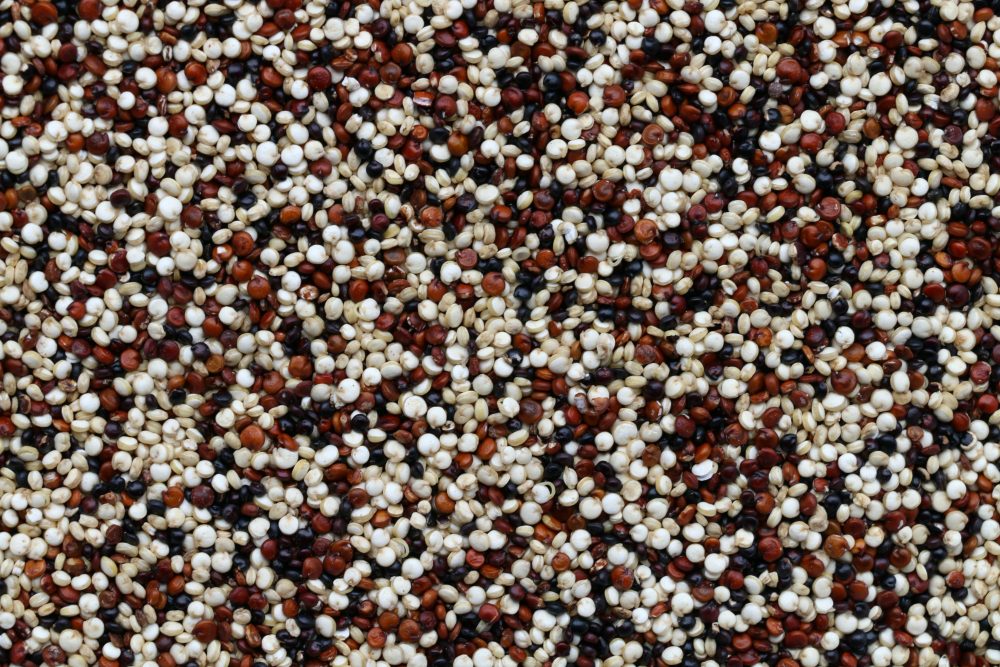What is Amaranth?

Amaranth is a grain that’s really a seed, so it’s technically known as a “pseudocereal” — a distinction that makes less and less sense every time I write about it. Fortunately, your taste buds and digestive system don’t care what you call it. All they’ll know is that amaranth is delicious and provides comprehensive nutritional benefits.
Like quinoa, amaranth contains no gluten and is considered a whole grain. These similarities aren’t coincidental — both pseudocereals are members of the Amaranthaceae family, which also includes beets, chard, and spinach. (With that much dietary diversity, they must hold some wild reunions.)
When it comes to quinoa vs amaranth — quinoa has a richly deserved reputation as a nutritional powerhouse, but amaranth holds its own in comparison. While quinoa has eight grams of protein per cup, amaranth has nine grams. And while quinoa has three grams of iron per cup, amaranth has five grams.
Visually, when you’re looking at a pile of amaranth, you’re seeing a heap of tiny, pale, golden or tan seeds, kind of like if someone made a movie called, Honey, I Shrunk the Seeds. But amaranth is about much more than seeds. Not only is it a healthy gluten-free alternative, both whole and as flour, but amaranth greens are also edible. And you can heat amaranth seeds, turning it into puffed amaranth — a crispy, nutty snack like popcorn (“poparanth,” anyone?). Plus, amaranth seeds can be also germinate for sprouts and microgreens.
(Taken from The Food Revolution Network)
